The city of Rome, founded in 753 BC, incorporates some of the darkest sides that its good deeds have overshadowed.
The darkest events mostly revolved around the times of patricians and plebeians, where the latter was tortured and punished even for the tiniest reason.
Initially, Rome was a scary place to live in with its extravagant imperial courts and bloody dictatorships.
There were several dark periods under the shadow of the Roman Empire, including an era of intense religious persecution that would come to be called The Dark Ages.
Violence, sexual assault, and class division also led to conflicts and rebellious acts. Some of the significant events that prove the initial days of the Roman Civilization as a dark era are mentioned in this article with some details.
Violence
Content
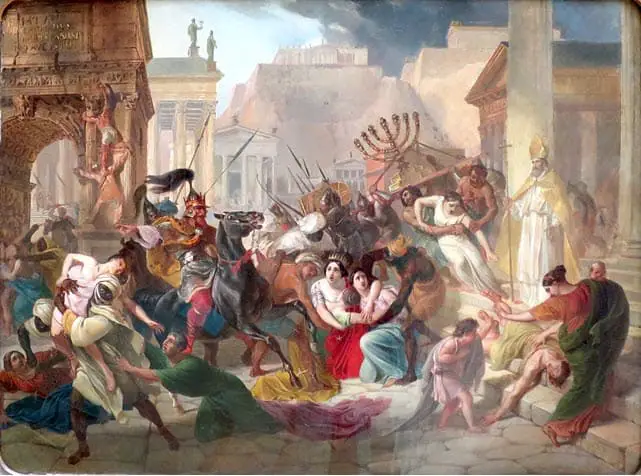
Source: Wikimedia Common
Violence was one of the most common factors of the darkest sides of ancient Rome. Physical or mental violence was present since the initial days of the Roman civilization.
The main reason behind this was the class division which led to upper-class people treating and torturing the lower class. The Patricians or the Elites belonged to the upper class, while the plebs and slaves belonged to the lower.
The Elites thought nothing of the Plebs and the Barbarians and tortured them for very tiny to massive reasons. They beat them until death or left them handicapped.
The slaves were another group of people who the Elites poorly tortured. They would be beaten, punished, and crucified for a minor reason or sometimes without any reason.
They would be thrown into the Gladiatorial Arena as entertainment material during the Gladiator games and were forced to fight each other until one of the slaves was killed. The whole society was built on the threat of revenge, social deviance, and fear of disorder. The most violent event has to be drinking the blood of the fallen gladiators in the arena.
The spectators would rush madly into the arena to drink the blood as they believed it was a magical elixir.
Fortunately, the process of torturing and violence went on until one of the Barbarians, Maximinus Thrax, became the Roman Emperor.
The elites were shown their position as they were persecuted for their wealth, which was used in the war in the north.
Class divides

Source: Wikimedia Common
Like in every ancient world, ancient Rome too was divided into different classes, the plebeians and the patricians. The elite and wealthy were categorized as patricians, while the poor and ordinary civilians were classified into the plebeian or lower classes.
Bakers, farmers, builders were in the lower class, and they were not allowed to write or record anything even if they were educated and intelligent enough.
In its initial days, Ancient Rome was ruled by the Patricians with all the positions in government and politics. While the people belonging to the lower class had minimal rights and sometimes no rights at all.
The upper class would make the laws that were supposed to be obeyed by the lower class. Also, the upper class owned the lands, and the lower class people served them as slaves. This caused food shortage for the lower class people and led to the death of thousands of Plebs and Slaves due to hunger.
Apart from this, the Plebs were beaten up, taken as one of the sources of entertainment, and were not allowed to marry anyone belonging to the Patrician class. Wheres, the Patricians could marry anyone they wanted and torture anyone for any reason they wished to.
Rebellion
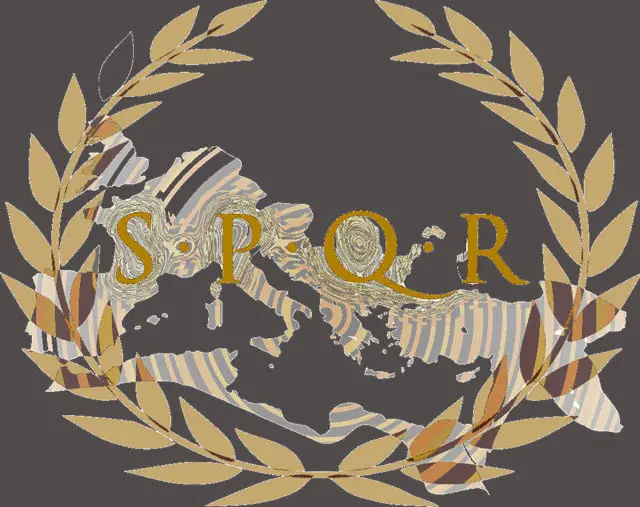
Source: Wikimedia Common
Among the two classes of people, the plebeians rebelled against the Patricians for the unfair and inhuman acts. The primary reason behind the rebellious activity was the food shortage that would occur almost throughout the year.
The Patricians own almost the whole land in Ancient Rome, and the plebeians were left with very little or no land leading to the unavailability of food.
The rebels, majorly the group of Plebs, began with raising voices against the governor and the elite.
They started with verbal rebel ending with stoning and arson. Unfortunately, they would be dealt with bodyguards of the Emperors and the military units.
One of the rebellious action incidents was in 238, where most parts of Rome were burned down during the fight between the plebeians and the soldiers. However, the transitioning rebel was the Conflict of Order, also known as the Struggle of the Orders, which lasted from 500 BC until 287 BC.
This rebellious conflict began with the demand for political equality by the Plebeians, which had to be made equal to the patricians.
The act turned into positive action as the Plebeians were allowed to participate in every aspect like the Patricians, and it also led to the Constitution of the Roman Republic.
Religious intolerance
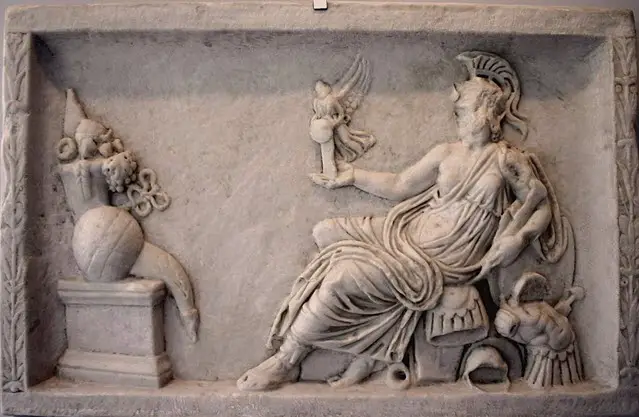
Source: Wikimedia Common
Like other sectors, plebs and elites had differences in the deities and religion they followed. The elites thought the plebs worshipped strange deities, were inclined towards massive superstitions, and believed in illiterate astrologers and dream diviners.
The Elites wished the Plebs would follow their religion and deities. The Plebs were tortured, humiliated, and mistreated for not obeying the demands of the Elites.
However, the most hated were the Christians, Judaism, and Monotheistic. Both Plebs and Patricians disliked the Christians. They were taken as an atheist for believing in only one God who was crucified.
The Romans wanted everyone to be polytheistic and wished others to follow numerous Roman gods and goddesses. They accepted people who were ready to follow more than one deity.
Sexual exploitation
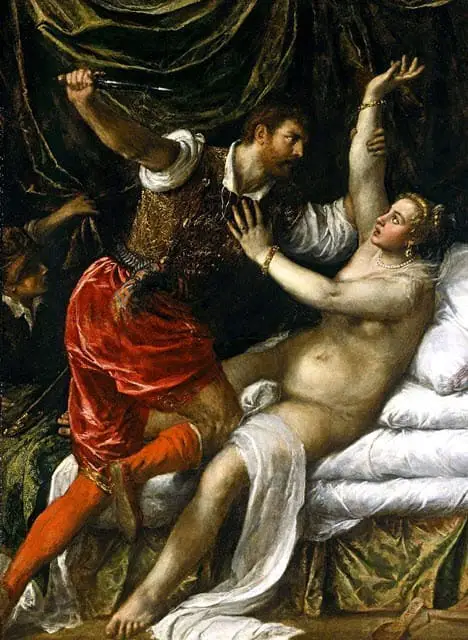
Source: Wikimedia Common
Sexual exploitation was one of the major dark sides of ancient Rome. The assaults were done mainly by the Elites on the slaves, Emperors on both men and women, and powerful on the weak.
The most known incident of sexual assault that turned Roman history was the rape of Lucretia by Tarquin, son of Etruscan King, which led to the Roman Republic according to the roman mythologies and legends.
Another incident was the rape and forceful abduction of the Sabine Women by the Roman men. The incident is one of the most known Roman legends, where the Romans first ask the Sabine women to marry them and, when denied, raped the women and married them forcefully.
The other sexual assault case that shook the whole of Ancient Rome was a rape case that involved a politician, Gnaeus Plancius, and a 12 -year-old actress in around 54 BC.
Gnaeus Plancius was a powerful politician in 54 BC and was charged with numerous cases of bribery and corruption that were considered very serious.
However, the rape of a young girl was taken as a regular thing that a man would do.
It was because the sexual assault was not taken as a severe event in the initial days of the Roman Era. There was no assigned punishment for rape or sexual assault.
Infanticide was common
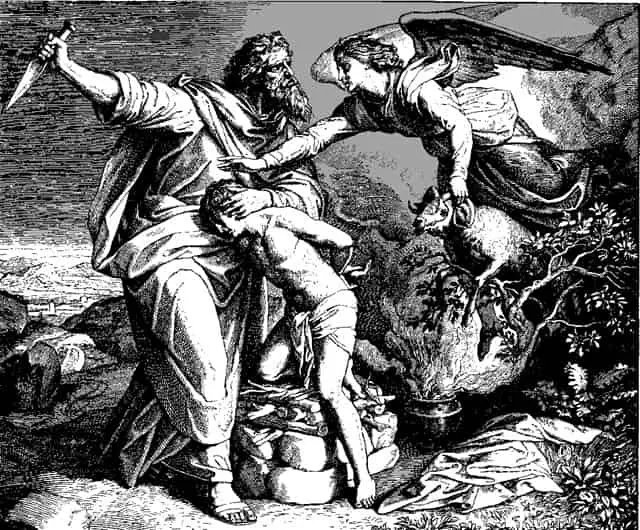
Source: Wikimedia Common
The killing of unwanted children, primarily infants, was a common culture in ancient Rome until the last days. As sexual assault was a common issue in the Roman era, the result of the assault would lead to giving birth to children not associated with legal or legitimate parents.
Right after their birth, these children were dumped in the temple’s gates or any palaces. The act of killing infants ( infanticide ) was introduced due to the absence of methods of contraception.
The excavation done at the Yewden Roman Villa, a place famous as Hambleden during the 4th Century, came up with heartbreaking pieces of evidence. In the latest excavation done in 1921, about 97 infants burials were discovered.
About 100 infants’ skeletons were discovered in Ashkelon, where the infants were not buried but instead cast into the sewer, and some were suffocated to death.
Fratricide was not illegal
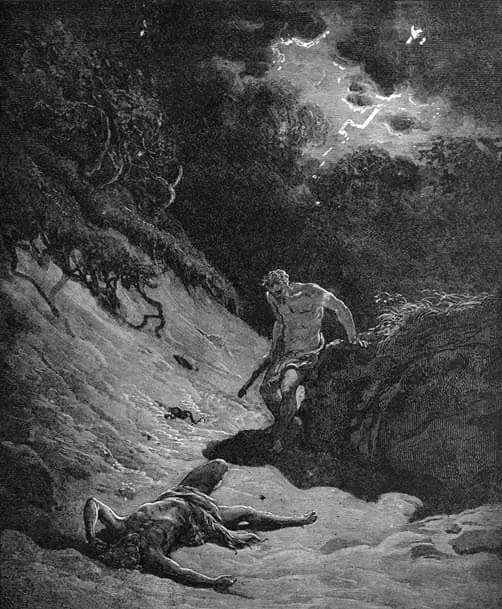
Source: Wikimedia Common
The Roman legend of Romulus and Remus turned Roman Empire into a place where Frartricide was not illegal. The twins had an argument regarding the choice of place for the foundation of the city of Rome.
The disagreement between the twins led to a fight which caused the death of Remus by Romulus. The death day of Remus, 21st of April, 753 BC, became the day of the foundation of the city of Rome by Romulus.
This incident of a brother being murdered by another brother and becoming the founder instead of being punished encouraged people for the act of Fratricide.
Another critical legend related to fratricide was the murder of Geta, which was ordered by his brother, Caracalla, in 211. With the demise of their father, Septimius Severus, both the brothers acted as co-emperors but wished to overthrow the other.
They planned on murdering for the position in which Caracalla became the first to succeed in his plan. In December 211, Caracalla fooled Geta into coming to his mother’s room unarmed. There he was attacked by the soldiers and died in his mother’s arms.
Reign of Worst Emperors

Source: Wikimedia Common
Though known primarily for its inventions and good deeds, the Roman Empire also had a darker side, caused primarily because of the cruelest Emperors it had during his Era.
The worst Emperors as Maximinus Thrax, Caligula, Domitian, Septimius Severus, Tiberius, Nero, Commodus, and Caracalla, made the lives of people and the entire Roman Empire a living hell.
The inhuman acts of sexual assault, torturing of slaves and lower-class people, shortage of food, increase of tax, reduction in grain subsidies, wasting of the nation’s treasury, thousands of lost lives due to the Great Fire, and killings of innocents at the gladiatorial arena has to be the cruelest ones.
However, the darkest inhuman act of all has to be the treatment done to the Christian just for not following the god and religion as their Emperor. They were tortured, churches were vandalized, and some were even executed.
The Roman Republic was not a republic
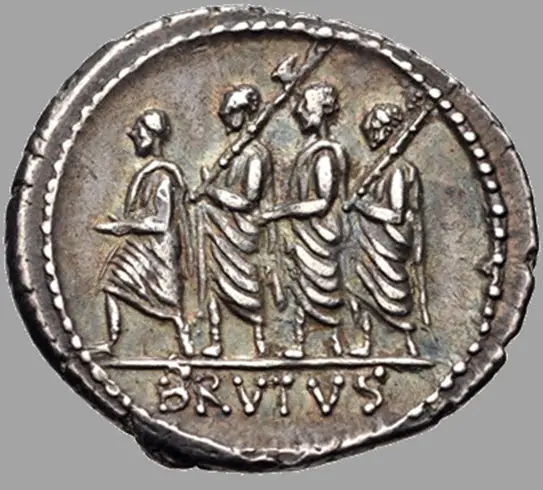
Source: Wikimedia Common
Rome was freed from the governance of the Etruscans in 509 BC and became a republic then. However, not all the Romans were able to enjoy the realness of Rome becoming a republic.
Though, as per definition, republic meant every citizen to be equally involved in the voting system and system making, only two groups of Romans, were entertained with the freedom. They were the Patricians and the Aristocrats, a group of people belonging to the upper class.
Other general people, mainly slaves and plebs, were left out from the suggestion and voting. Though they were given a chance to vote, their votes were not counted in reality.
The upper class was allowed to wear roman Toga, whereas the lower class people and slaves had to wear an ordinary dress.
Fortunately, during the Conflict of Order ( 500 BC – 287 BC ), the plebeians fought for their rights and got them eventually. They were allowed to elect their representatives known as tribunes and also could hold the position of consul.
Conclusion
The Romans have always been an inspiration to contemporary civilizations and the modern world. However, these darkest sides mentioned in this article show the different aspects of the Romans and the Roman Era.
In the initial days of the Roman Civilization, the Romans suffered a lot due to unfair political conditions and class division. However, with the evolution of education and other essential factors of life, Rome and the Romans lived an inspiring life.
